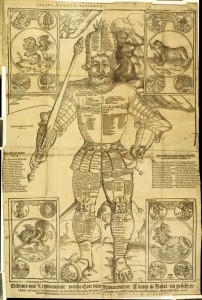I'll be presenting 'New Challenges in Digital History: Sharing Women's History on Wikipedia' in the 'Developments in Digital Women's History' strand of the Women’s History in the Digital World conference at The Albert M. Greenfield Digital Center for the History of Women's Education at Bryn Mawr on March 23, 2013.
Abstract:
In 1908 Ina von Grumbkow undertook an expedition to Iceland. She later made significant contributions to the field of natural history and wrote several books but other than passing references online and a mention on her husband's Wikipedia page, her story is only available to those with access to sources like the 'Earth Sciences History' journal.
Cumulative centuries of archival and theoretical work have been spent recovering women's histories, yet much of this inspiring scholarship is invisible outside academia. Inspired by research into the use and creation of digital resources and the wider impact of these resources on historians and their scholarship, this paper is a deliberate provocation: if we believe the subjects of our research are important, then we should ensure they are represented on freely available encyclopaedic sites like Wikipedia.
Wikipedia is the fifth most visited website in the world and the first port of call for most students and the public, yet women's history is poorly represented. This paper discusses how the difficulties of adding women's histories to Wikipedia exemplify some of the new challenges and opportunities of digital history and the ways in which it blurs the line between public history and purely academic research.
Update: I've posted my talk notes at New challenges in digital history: sharing women's history on Wikipedia – my draft talk notes.
